If you don’t choose the right flowers when buying flowers at the flower market, no matter how many t
Last Update :2024.11.02
Article Catalog
Other people's flowers grow happily if you care for them, but your flowers can't survive. The soil, fertilizer, light, water and temperature are all in place. In fact, maybe it's not that you don't know how to grow them, but that you don't know how to grow them. I don’t choose when I buy it. Huahua has compiled some tips for selecting common plants, and experienced florists are welcome to add them.
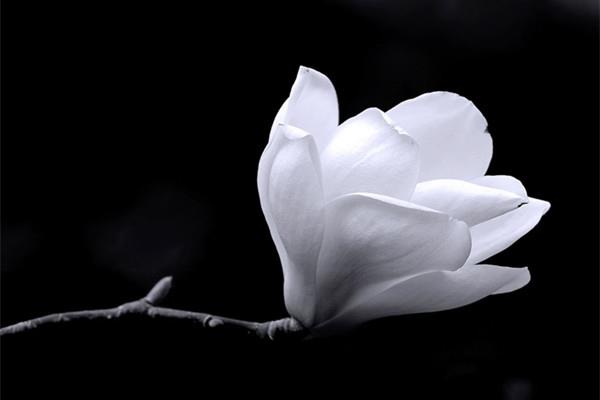
Succulents
Succulents
1. It is best to choose plants with fibrous roots and non-dry roots so that new roots can grow in a short time after being purchased and planted. If there are several succulents from the same batch that are different in color and color, it is likely that there is a problem with the root system.
2. After you get the bare root flesh, you need to perform simple root pruning. Shake off the excess soil, remove the shriveled and rotten leaves and fibrous roots, and keep the main root. The wound can be applied with dry sulfur powder. , or you can put it in a cool and ventilated place to dry for a day or two.
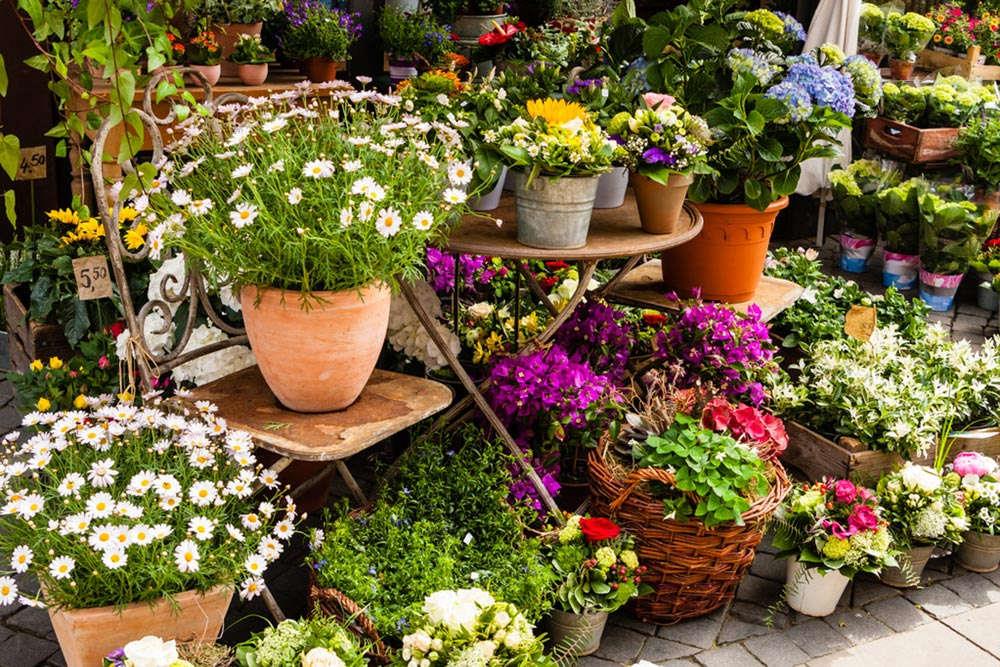
3. If the plants have been planted in pots, Pay attention to whether it is newly planted. If the plant is newly planted before being sold, the soil in the pot will be soft and the plant will shake a lot if you shake it lightly. Such plants do not have new roots. After buying them home, they must avoid strong light and control moisture. Normal management can only be gradually carried out after one to one and a half months.
4. When purchasing combination potted plants, you should pay attention to whether the living habits of various types are similar. If types with widely different requirements for light, moisture, cultivation substrate, etc. are cultivated together, it will affect future growth. Maintenance brings inconvenience.
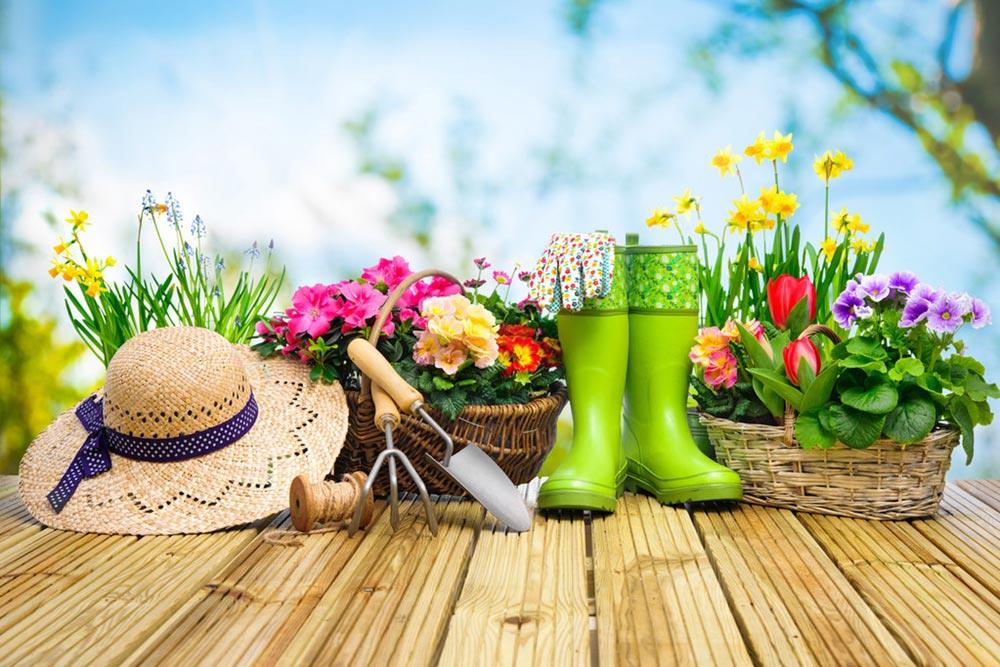
5. For families with low room temperature in winter, it is not recommended to buy Cold-resistant succulents should avoid the dormant period from November to March of the following year, otherwise it will be difficult for the plants to survive in the event of continuous low temperature weather. Autumn is the best season to buy succulents, which are easier to maintain. Succulents bought in spring are often cultivated in autumn and winter and have little resistance to stress. Avoid buying them close to summer, because it is really important for succulents to survive the summer. If they are not in good condition, they will have a sad summer, and they may become disabled after surviving the summer.
6. Pests of succulents are mostly hidden on the underside of the leaves of the plants or among the branches, using the patterns and color spots of the succulents as cover. Careful observation is required when selecting. Generally, the meat coming out of the greenhouse has been treated with insecticide and sterilization. If you buy the meat that has been removed from the soil through online shopping, you should open the package in time when you receive the goods and ventilate the meat, especially in summer, to avoid black rot.
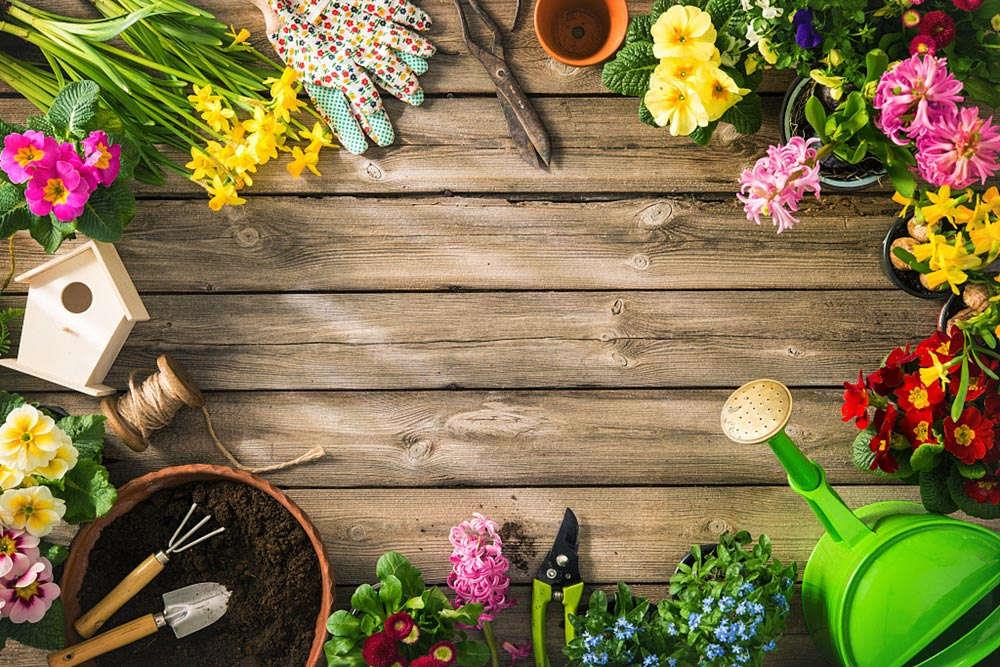
Lucky Bamboo
1. Look For the roots, choose those with many roots. If only the main root is cut off and there are no lateral roots or there are fewer roots, it is recommended not to buy it because the survival rate is not high.
2. If there are white spots on the leaves, they may be infected by spiders. If the leaves are yellow, do not use them. If the stems are black or different from the stems of Lucky Bamboo that you usually come into contact with, they may be infected and it is best not to buy them.
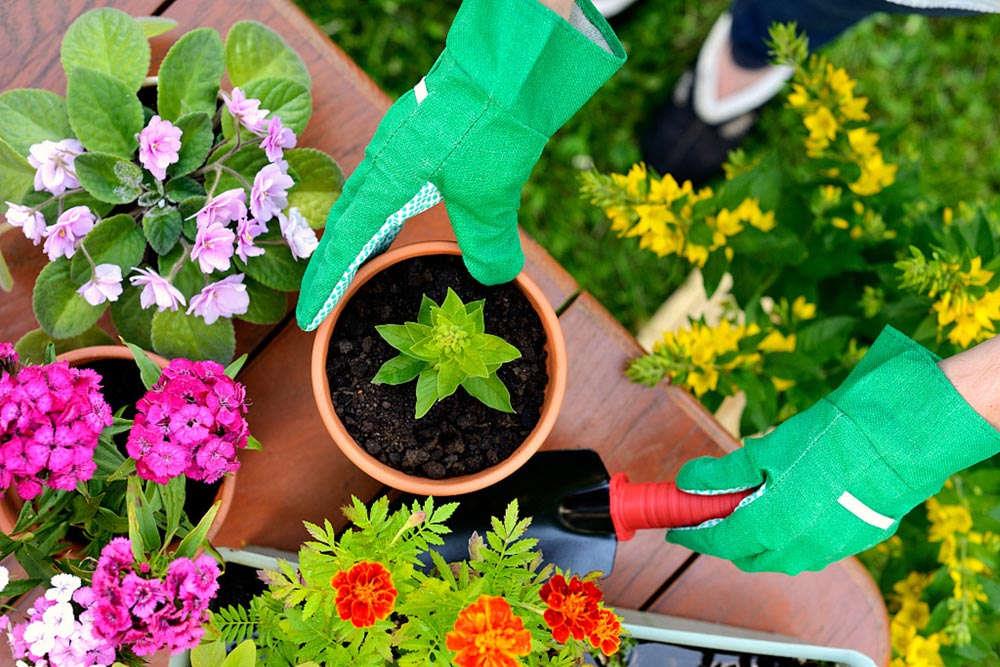
3. Requires plump branches and leaves, beautiful plant shape, small water The height of the potted plants should not exceed 25 centimeters, the leaves should be intact, without defects, without insect spots, dark green, and the texture of the spotted varieties should be clear.
4. It is better to choose plants that are thick and strong, with well-proportioned nodes and stems. Choose the best ones that have a short cutting time, fresh cutting marks, green flowers and leaves, and no dryness or wilting.
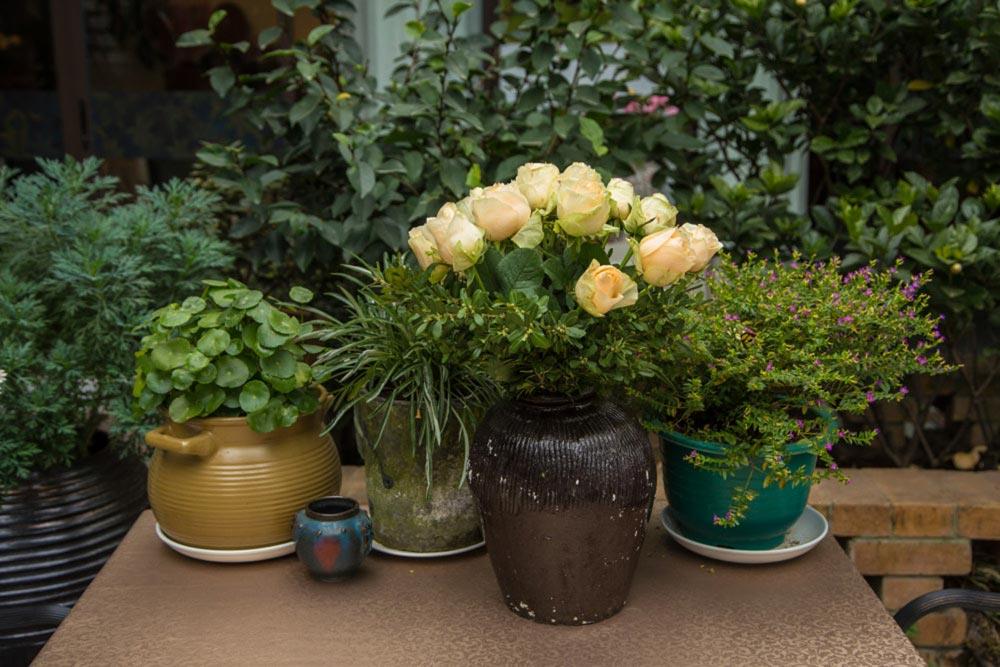
Clivia
1. Look at the leaves The leaves are the small fetal leaves next to the stems of the leaves, and the leaves of the seedlings grow from them one by one. The leaves are wide, flat, thick, bright and hard. The shape is inverted trapezoid, and if you look carefully at the seedlings, the vertical stripes on the leaf pants are wide, well-proportioned, and consistent up and down. When it grows up, it will definitely be a good product.
2. The leaves are oblique, wide, thick, bright, light green in color, with black veins and yellow ground, raised veins, wide and few vertical veins, and the ones with large spacing are top grade. The head is round and spoon-shaped. When you touch the leaves with your hands, they feel delicate and have raised veins, but not rough. It would be better if they feel like satin.
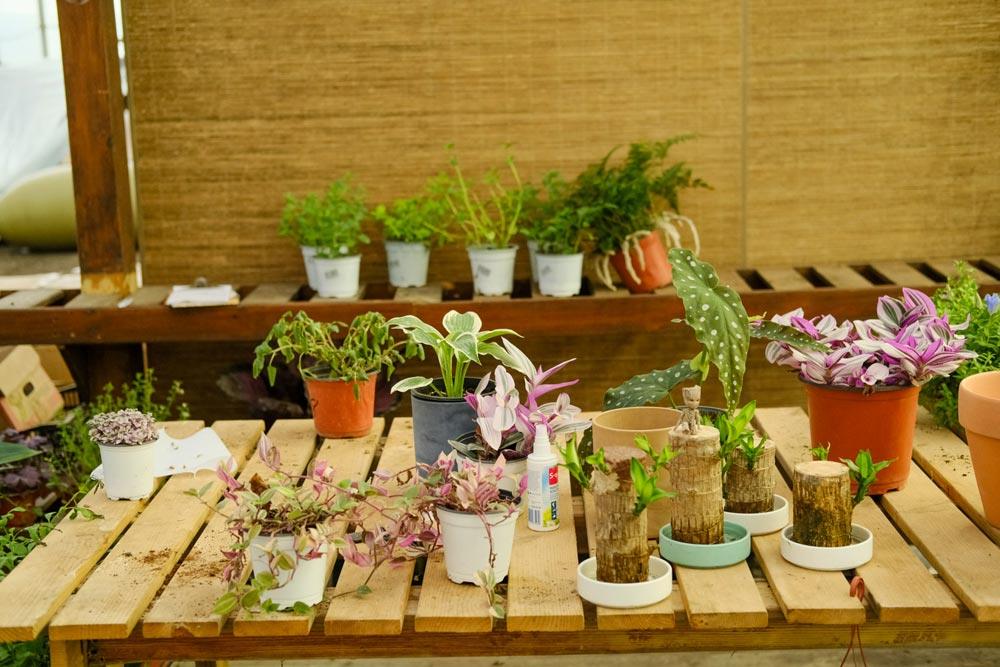
3. The pseudobulbs are preferably flat and cylindrical. For medium and low grade.
4. Select pan-head seedlings, that is, Clivia seeds of the same plant, and sow them at the same time. Under the same planting and breeding conditions, the seedlings that emerge first will grow stronger. Sometimes due to mutations, a few of the seedlings unearthed later grow into top-grade ones.
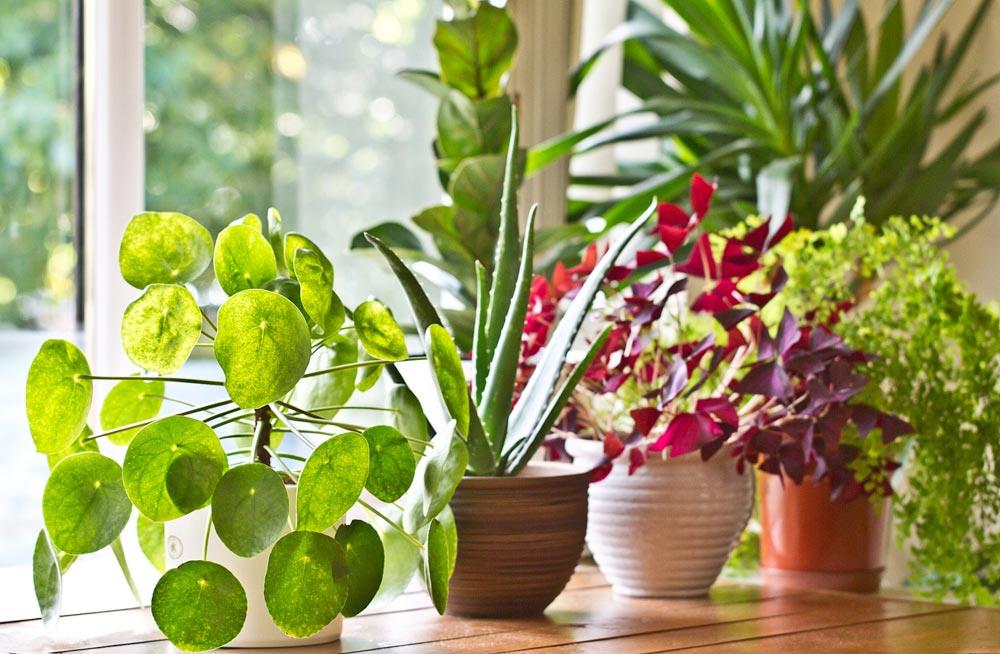
Chlorophytum
1. According to There are several colors of leaves: silver-edged, all-green, white in the middle, etc. The all-green ones are easier to care for, but their appearance is not as good as those with silver edges.
2. The spider plants of that year were usually more lively, the leaves looked shiny, and the leaves were softer. The leaves that are more than two years old will be harder, and the whole pot will look a little like an inchhead that has been neglected for two months. If there are branches hanging down in the old pot, it is easy to shape, and you can cut off the ones with aerial roots (that is, short and thick white ones). The root) part can survive if planted in any pot.
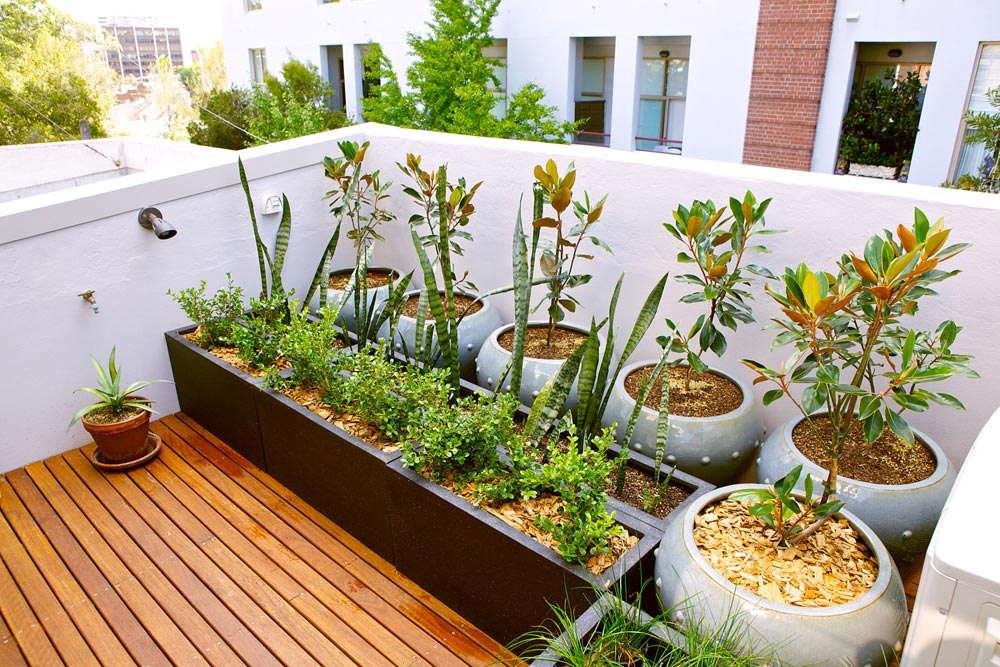
Hyacinth
1. General Choose larger and rounder bulbs; do not choose bulbs that are too small, as they may dry out after being stored for a long time. Because there is less water, the vitality is not as strong.
2. Open the top layer of skin and check whether there are mold spots or rotten spots. It should be held firmly, neither empty nor soft. There are no insect holes, and the fleshy scales are hard and heavy, not tight. There are no rotten or moldy parts inside.
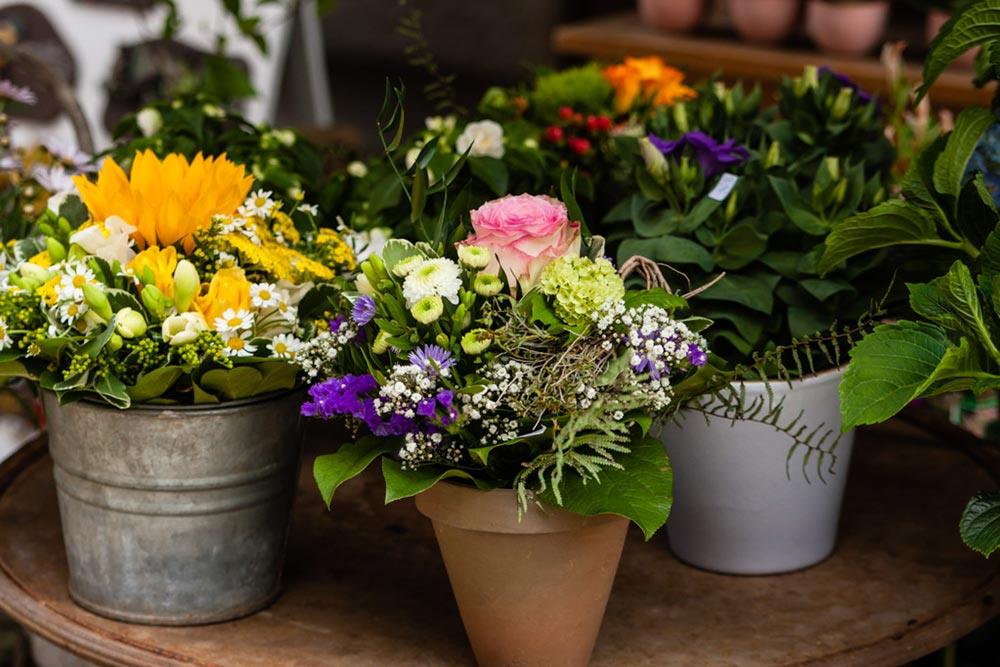
3. Choose the ones that have sprouted and have some tips exposed. , will grow faster than those that have not sprouted yet. If you buy one that has not sprouted yet, don’t worry, you can grow roots through hydroponics first.
4. Suitable for purchase at the end of each year or early spring. Usually the color of the seed coat can be used to determine the color of the flower it blooms. For example, if the outer skin is purple, it will have purple flowers, and if it is white, it will have white flowers. However, the colors of some varieties bred through crossbreeding are more complicated, and sometimes it is difficult to distinguish them clearly.
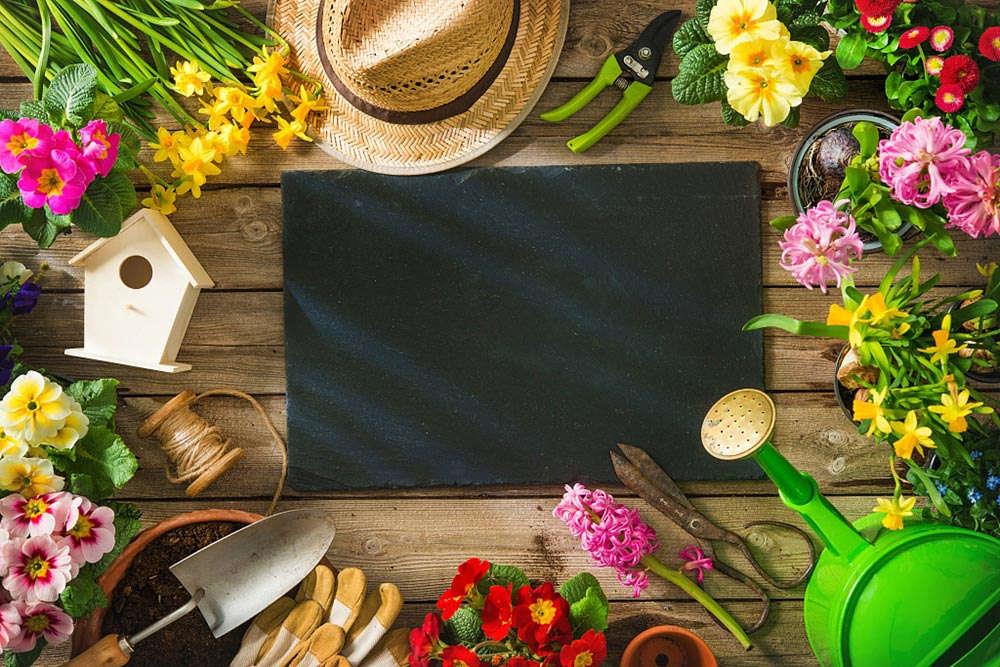
Rose
1. Observe the branches Stem and shape. Rose branches mainly have upright, expanding and spreading types. The branches should be strong and strong, green in color, the lower part of the main stem should be grey-brown, the new branches and leaves should be purple-red, the young shoots should not be white, the whole plant should be free of leggy plants, overly dense branches and leaves, branches with diseases and insect pests, and the plant shape should be beautiful.
2. Observe the leaves. The rose leaves are plump and dark green, shiny, not curled and shrunk, and have no gray-brown stains or spots, nor white powdery substances.
3. When selecting plants with flowers, pay attention to those with large and beautiful flowers, twisted flower buds, uneven petals, and those with poor opening status. Choose one with many strong buds. Don’t be fooled by a particular flower blooming on the branch. The condition of the whole plant is most important.
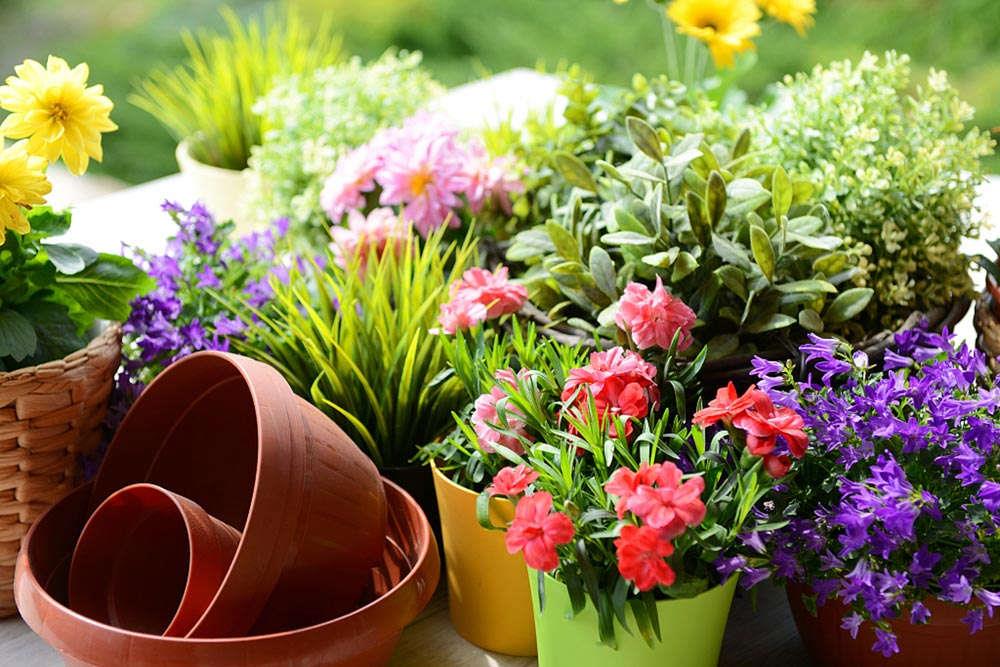
4. It is best for novices to choose original pots. The so-called original pot means that the plant has been cultivated in the pot. When you buy such a plant and repot it at home or plant it on the ground, the roots will be intact. If there are no major accidents, everything will work. And if you dig it out of the ground, it will damage the roots to some extent.
5. The roses sold in the market are usually grafted or cut. It is best to choose grafted ones, which grow well. Generally, the roots are thick lignified pieces with grafting points. The cuttings are made from a small straight pole.

Sometimes it takes hard work to maintain the day after tomorrow
It may not be able to make up for the inherent deficiencies
Not all flower markets are conscientious sellers
A little way to identify the tricks of flower dealers
Lucky Bamboo
Clivia
Chlorophytum
hyacinth
Rose
- END -
rose habits

Sun-loving: Roses like sunshine and need sufficient light during the growth period...
How to identify Changshan
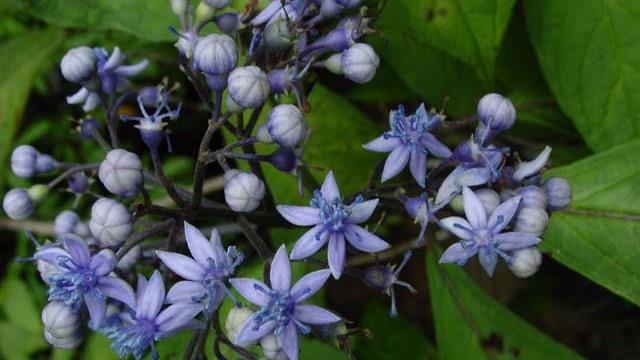
Leaves: Changshan leaves are usually elliptical, obovate, elliptical-oblong or lan...